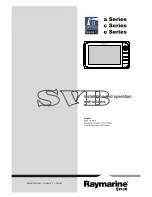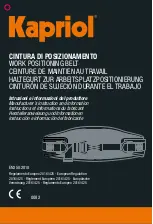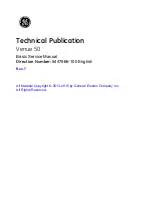
Advanced Server Features
3
Figure 3
Types of Load Balancing Arrangements
Self-Healing Drivers
Self-healing drivers (SHDs) work together with RSLs to maintain the network
connection. An SHD monitors the NIC continuously for error conditions and
makes corrections. These corrections can include resetting the NIC, rebuilding
software data structures, temporarily disabling features, or transferring all network
traffic to secondary NICs (termed a
failover event
). An SHD can also continuously
monitor the status of the physical NICs in a virtual NIC group before and after
failover. Errors and actions are reported to the system console and to the system
log file. Error threshold values can be configured at any time.
Failover
In addition to load balancing, RSLs provide failover fault tolerance between a
server and a switch—if one NIC in a group fails, the others assume the network
load of the failed NIC. The failover behavior of secondary NICs depends on how
you set load balancing:
■
In a
transmit
load balancing arrangement, the primary NIC is the only one that
receives packets. If the primary NIC fails, a secondary NIC assumes the
configuration profile, network traffic, and active status of the failed
primary NIC.
■
In a
bidirectional
load balancing arrangement, all NICs receive packets. If any
NIC fails, receive load balancing is disabled, and the other NICs continue
transmit-only load balancing activity. Receive load balancing is restored when
new connections are established with clients.
Bidirectional load balancing is restored after a failure when applications create
new connections and new clients log in.
Clients
Bidirectional
Server
Primary Secondaries
Transmit-only
Primary Secondaries
Switch
¨
¨










































